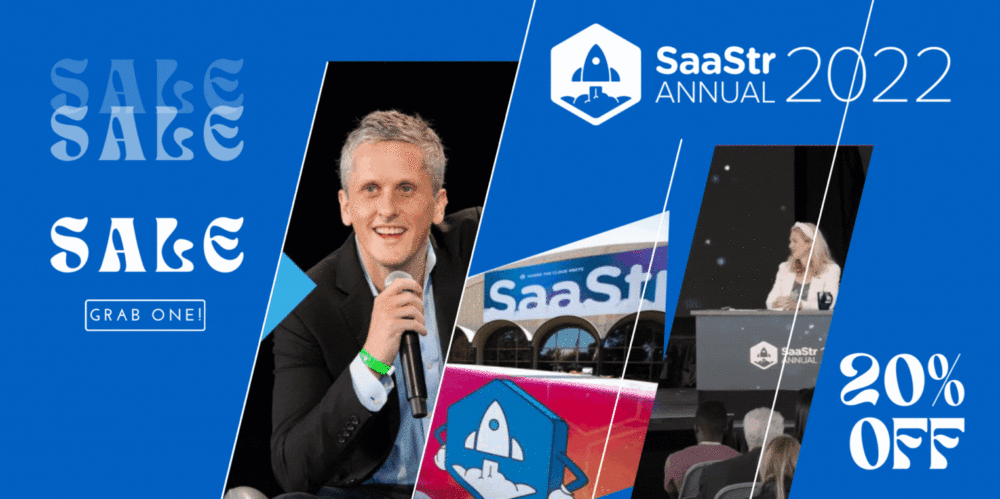Product-led growth (PLG) companies have become a major trend in the world of SaaS over the last few years. These companies are characterized by being product-led; in other words, conversion, retention, and growth are led by the product itself.
Recent unicorns like Stripe and Canva have stolen the headlines, but a wide range of successful PLG businesses all over the globe have arisen. Partner at Notion Capital, Itxaso Del Palacio, shares the ingredients required to build these companies successfully.
Secret #1: Born, not made
Most PLG success stories start with a product-led focus instead of adapting after trying something else.
“Going from sales-led to PLG is doable, but it is not easy. Sales-led organizations struggle to adapt to a PLG mindset.”
Let’s use sales-led organizations as a comparison point. If a company has started out with a heavy sales focus, its onboarding process within the actual product may not be intuitive enough for customers. Customers are impatient, and the time from product download to demonstrated value may take too long.
Additionally, product teams in a sales-led organization may not be trained to take ownership of revenue goals. When starting with a product-led focus, this mentality of revenue ownership is ingrained from day one.
Secret #2: Pricing
Many product-led companies do not go to market with the right pricing. Companies may try a freemium option or a user-based model to start. These pricing frameworks can seem appealing, but they fail to capture the appropriate value in the heavy usage of a product.
Think of a team of five to ten recruitment representatives who need to send out contracts for signature. Each rep is probably sending out multiple contracts per week. The product for capturing and returning those contracts should capture its value for that usage instead of simply charging for the five to ten users.

Secret #3: Growth & NRR
PLG can also be used for account expansion, not just for new revenue. By building product capabilities that incentivize users to do more, companies can expand revenue through the product itself.
This strategy may not be intuitive, given an understandable desire to not overwhelm customers with buying options immediately. But by progressively pushing different models in front of customers, users’ retention rate and spending within the product should increase.
Secret #4: Stickiness
“PLG companies are constantly fearful of high churn rates, and for good reason. But by building stickiness within the product, churn should steadily decrease.”
There is no doubt that churn can be high in PLG companies. Companies with a premium product focus should be easy to adapt, but customers may also leave the product prematurely. One solution to this problem is to focus efforts on product stickiness.
There are a few ways to make a stickier product. One option is to build collaboration activities, encouraging more members of customer companies to utilize a product. Another way to drive adoption is by becoming a system of record.
Think of ways to foster long-term use of a product. This is easier said than done, of course, but it becomes much more difficult for customers to leave a product once they get into a routine of using it.
Secret #5: Personalization
In PLG, a little customization can go a long way. Customers are constantly being provided with new products to try, so it’s hard to stand out amongst the available options.
Customizing the user experience can make customers feel like the product is just for them. It doesn’t take much; some companies will pre-populate their customers’ landing pages with their company names and logos. Just this small touch can warm people up before they start engaging with the product.

Secret #6: Real PLG
“Stay true to the goals of product-led growth. This can mean saying no to short-term revenue to build a true PLG business.”
In order to stay true to PLG, operators have to let customers use the product and resist the urge to handhold or manipulate their experience. It takes a healthy degree of control to “let it go” and let users learn through the product. It also may lead to some short-term churn or revenue drop-off.
The product-led focus, still, should pay dividends. Customers will learn a lot through the product, going through the onboarding process themselves and getting up to speed. In turn, product leaders will learn invaluable information about what’s working and what needs work. The short-term revenue sacrifice may be more than made up with long-term gains.
Takeaways
In summary, six important features of a PLG business to keep in mind as you build are:
- Born, not made: Start product-led rather than sales-led.
- Usage-based pricing: PLG is not freemium.
- Account expansion through the product: PLG is not only for new revenue.
- Stickiness: Build virality within your product.
- Personalization: Customization to the user is key.
- Real PLG: Avoid handholding and let your customers use and experience the product for themselves.
This is just a sample of best practices for growing PLG companies. As the massive opportunity for building these businesses grows, more secrets to success are sure to reveal themselves.


